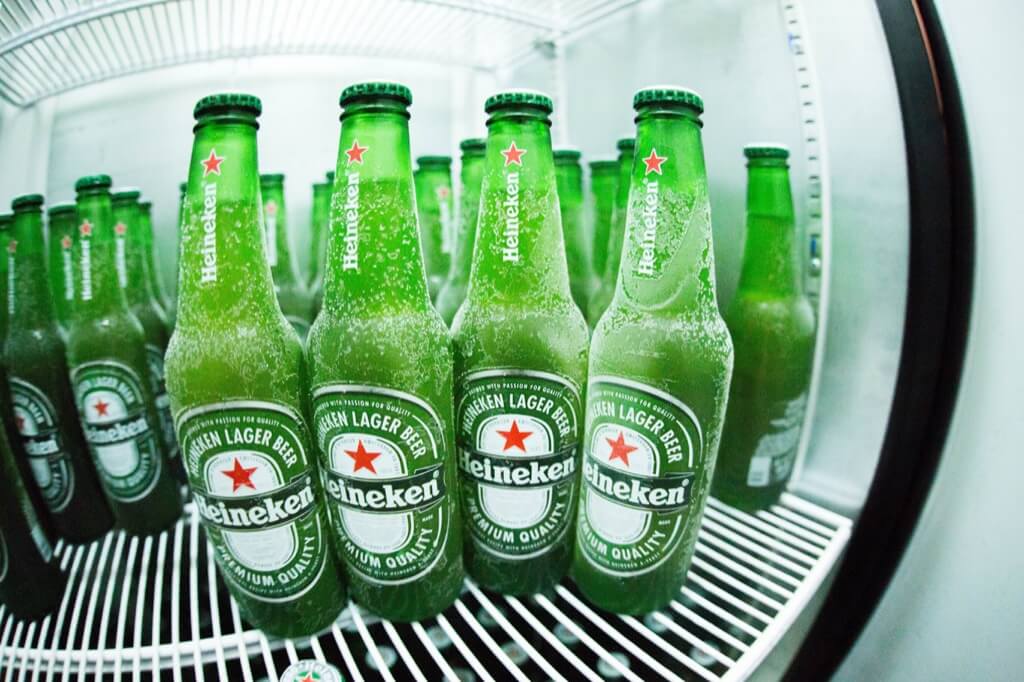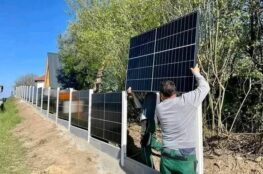Vending machines, those convenient contraptions that dispense a variety of products, have a rich history dating back to ancient times. In this comprehensive exploration, we will delve into the fascinating journey of vending machines, from their mysterious origins with Hero of Alexandria to the cutting-edge innovations of the present day. Prepare to be amazed as we unravel the intricate tapestry of vending machine evolution.
We begin in the first century AD with the Hero of Alexandria, a Greek architect renowned for his remarkable inventions. Among his creations, Hero is credited with crafting one of the earliest vending machines. This ancient marvel allowed users to deposit five drachms into designated sacrificial vessels. If the coin successfully landed on a plate after passing through the machine’s mouth, it triggered a mechanism that lifted a lid, allowing water to flow. However, if the coin missed its mark, the lid would drop, sealing the container and halting the water discharge. While Hero is often associated with this pioneering invention, historians debate whether he was the original inventor or if similar devices existed before his time. Regardless, Hero’s machines were groundbreaking, offering a glimpse into humanity’s early foray into automated distribution.
Fast forward to the 19th century, when vending machines began to proliferate on a larger scale. An excellent example of this vending machine boom occurred in the 1890s when the German chocolate manufacturer Stollwerck operated a vast network of approximately 15,000 vending machines. These machines marked a significant shift in the world of automated distribution, reflecting the growing popularity of convenient and coin-operated contrivances.
The early 20th century witnessed a pivotal moment in the history of vending machines, thanks to the innovative thinking of Lawrence Luellen, an attorney seeking solutions to everyday problems. Luellen’s groundbreaking idea was to create a disposable paper cup vending machine, where cups were sold for a mere penny (equivalent to approximately 29 cents today). The American Water Supply Company of New England, later rebranded as the Dixie Cup Company was established to bring this concept to life.
The Luellen Cup & Water Vendor was a multipurpose wonder, not only distributing disposable cups but also providing water, ice, and even a trash can for discarded cups. Despite its ingenuity, like Hero’s creations and those before it, this machine grappled with the challenge of preventing its liquid contents from freezing.
Transitioning to contemporary times, Japan emerged as the epicenter of the vending machine revolution. With nearly 6 million vending machines scattered across the nation, Japan boasts an astounding density of approximately one machine for every 22 people. Surprisingly, many of these outdoor vending machines in Japan do not incorporate heating systems, even in regions with cold winters. One might wonder how vending machines in chilly climates manage to prevent their contents from freezing without heating systems. The answer lies in the insulation and engineering of modern vending machines. These machines are designed with maximum energy efficiency in mind, featuring robust insulation and sealing mechanisms.
Some cutting-edge vending machines take advantage of peak-shift technology to maintain their contents at an ideal temperature. During off-peak hours when electricity is more affordable, these machines cool their internal liquids to near-freezing temperatures. This strategic cooling ensures that beverages remain in a liquid state during the day. Impressively, these energy-efficient machines consume only about 5% of the energy compared to conventional vending machines.
An interesting fact that contributes to preventing freezing in vending machines is the difference in freezing temperatures between sugary and diet drinks. Sugary beverages, which are commonly found in vending machines, have lower freezing points than water. This inherent advantage, coupled with effective insulation, helps maintain the liquids at an optimal temperature.
To put things into perspective, a vending machine stocker in Kansas noted, “In 30 years, I have only seen 1 freeze up.” This observation underscores that, in most cases, the heat generated by the internal evaporator fan motor is sufficient to keep beverages from freezing.
However, as temperatures plummet to extreme lows, some regions require active heating systems to complement passive insulation. One of the simplest and most effective solutions involves using an incandescent light bulb, typically a 40 or 60-watt bulb, installed within the machine. When the temperature drops below a predetermined threshold, the bulb activates automatically, providing gentle heat to prevent freezing. To ensure that the beverages closest to the bulb aren’t overheated, the bulb is typically positioned near the top of the vending machine’s interior. This strategic placement balances the need for heat with the desire to maintain ideal beverage temperatures.
Protecting Your Outdoor Vending Machine
- Outdoor vending machines play a vital role in providing convenient access to various products, but they face unique challenges, especially during the harsh winter months. To ensure the smooth operation of your outdoor vending machine and prevent freezing, it’s essential to implement protective measures. In this guide, we’ll delve into the strategies and precautions you can take to safeguard your outdoor vending machine from the winter chill.
- The first step in protecting your outdoor vending machine is selecting the right location. Opt for a sheltered spot that offers some protection from the elements. Consider areas with natural windbreaks, such as walls or structures, which can help shield the machine from frigid winds. Additionally, placing the vending machine under an awning or canopy can provide an extra layer of protection against snow and ice.
- Effective insulation is your best defense against freezing temperatures. Ensure that your vending machine is equipped with proper insulation to maintain a stable internal temperature. Modern vending machines are designed with robust insulation materials that help prevent the contents from freezing. Regularly inspect the insulation to identify any wear or damage that may compromise its effectiveness.
- In regions with extremely cold winters, consider installing an active heating system within the vending machine. One common method involves using an incandescent light bulb, typically 40 or 60 watts, placed strategically inside the machine. When the temperature drops below a preset threshold, the bulb activates, providing gentle heat to keep the contents from freezing. Ensure that the placement of the bulb is balanced to avoid overheating while maintaining ideal beverage temperatures.
- Invest in energy-efficient vending machines that utilize peak-shift technology. These machines cool their internal liquids during off-peak hours when electricity is more affordable. This approach allows beverages to reach near-freezing temperatures without solidifying during the day. Energy-efficient machines consume significantly less energy than conventional models, providing cost-effective protection against freezing.
- Regularly monitor your outdoor vending machine, especially during winter. Check for any signs of freezing, such as ice formation or sluggish product dispensing. Implement a maintenance schedule to inspect critical components like insulation, heating systems, and internal temperature controls. Promptly address any issues to prevent downtime and ensure the machine’s longevity.
- Pay attention to the types of beverages you stock in your outdoor vending machine during the winter season. Sugary drinks, with lower freezing points than water, are less susceptible to freezing. Consider adjusting your product selection to include items that are less likely to solidify in cold temperatures.
- Familiarize yourself with local regulations and codes related to outdoor vending machines. Some areas may have specific requirements for machine placement, insulation, and heating systems. Compliance with these regulations is essential to avoid potential legal issues and ensure the safety of your vending operation.
- Engage the services of a qualified vending machine technician for regular servicing and maintenance. These professionals have the expertise to assess the machine’s performance, make necessary adjustments, and replace worn components. Regular servicing can prevent issues that may lead to freezing and downtime.
Vending machines have undergone a remarkable evolution, from ancient origins to cutting-edge marvels of modern engineering. Hero of Alexandria’s ingenious contraption, Lawrence Luellen’s cup dispenser, and Japan’s vending machine phenomenon all contribute to the fascinating narrative of automated distribution. With innovations in insulation, energy efficiency, and strategic cooling, today’s vending machines continue to serve us with convenience and reliability




